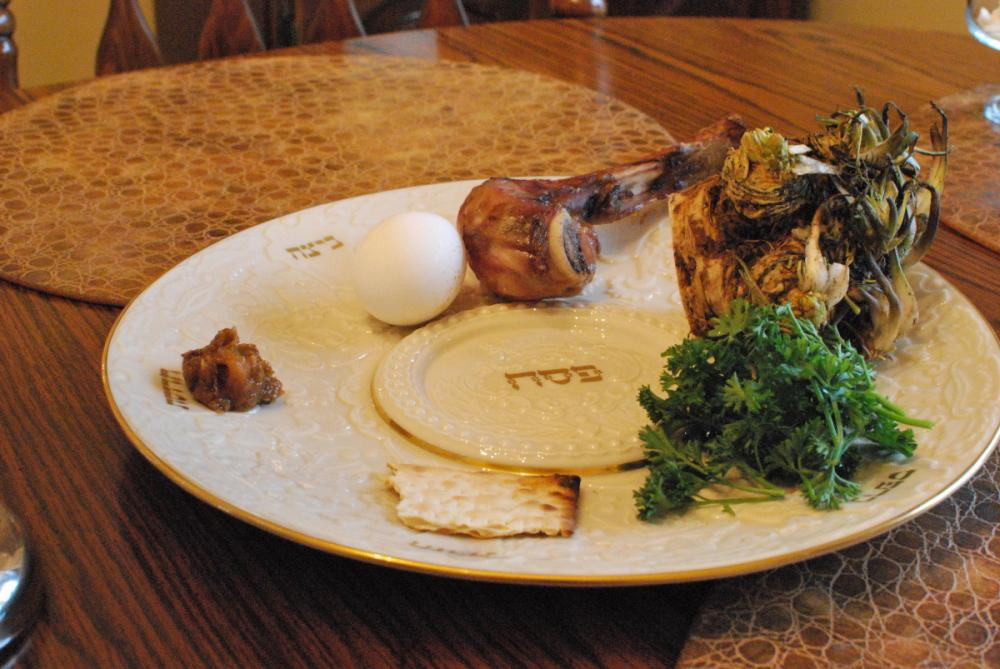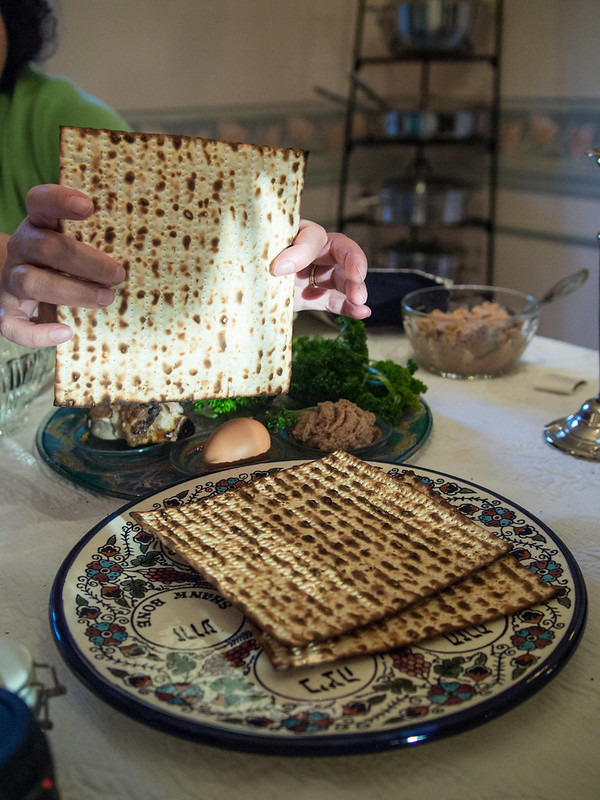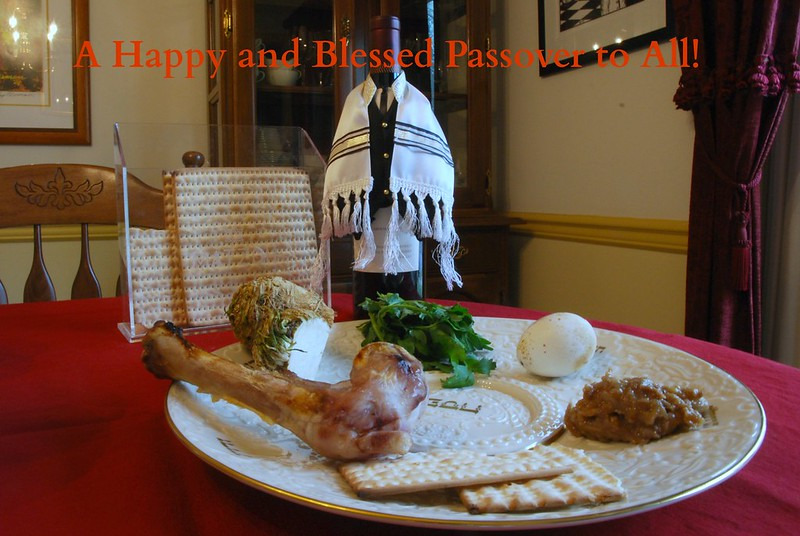search
date/time
 | Cumbria Times A Voice of the Free Press |

Jan Harris
Deputy Group Editor
1:00 AM 20th April 2024
family
Celebrating Passover

The symbolic Seder plate - photo credit slgckgc
The Hebrew name for Passover is Pesach which means ‘to pass over’ because God passed over the Jewish homes when killing the Egyptian firstborn on the evening of the first Passover.
It is one of the three Pilgrimage festivals when the entire population of the kingdom of Judah makes a trip to the temple in Jerusalem.
According to the Bible the first night of the Passover starts after nightfall and the second night is the anniversary of the Jews exodus from slavery in Egypt more than 3,000 years ago.
Why are Easter and Passover in 2024 on different dates
The moon’s phases determine Easter’s date. Western Easter is the first Sunday after the first full moon after the equinox, while Eastern Easter is after Passover. Easter in 2024 was celebrated on Sunday 31 March.
This year in 2024 the eight day festival of Passover begins on 22 April and ends in the evening of 30 April. This is also a Jewish leap year. Leap years are built into the lunar calendar because the lunar year is about 11 days shorter than the solar year, so an extra month is added to certain years to make up the difference.
The eight day festival represents the week in which the Israelites were pursued by the Egyptians as they went into exile.

Passover Seder - photo credit Edsel Little
Jews gather around the Seder table to celebrate Passover. The Seder is a feast which includes reading, drinking wine, telling stories, eating special foods and singing, along with other Passover traditions.
The traditional meal called the Seder means 'order' because everything is done in a particular order.
The Seder meal includes four cups of wine, eating matza (unlevened bread) with maror (bitter herbs) and the story of the Exodus is retold.

Passover - photo credit slgckgc
Shank bone (zeroa) - a roasted bone to commemorate the Paschal sacrifice. This is not for eating but to remind everyone of the outstretched arm of God when he took the Jews out of Egypt.
Egg (beitzah) - this represents the Hagigah sacrifice which was eaten with the Paschal sacrifice on Seder night during Temple times.
Bitter herbs (maror) - Mar means 'bitter', and the maror reminds of the bitterness of slavery. Lettuce and grated horseradish are commonly used.
Vegetable (karpas) - any vegetable can be used and can be cooked or raw, commonly used are parsley, celery or potatoes which are dipped in salt water to represent the tears of the Israelite slaves.
Haroset (a sweet paste) - the word is thought to come from heres, meaning 'clay' and symbolises the clay the Israelite slaves used to make bricks. The sweetness offsets the taste of the bitter herbs and represents freedom as opposed to slavery. There are lots of recipes which include apples, walnuts, dates or other dried fruit.

Passover Meal - photo credit Zara Gonzalez Hoang